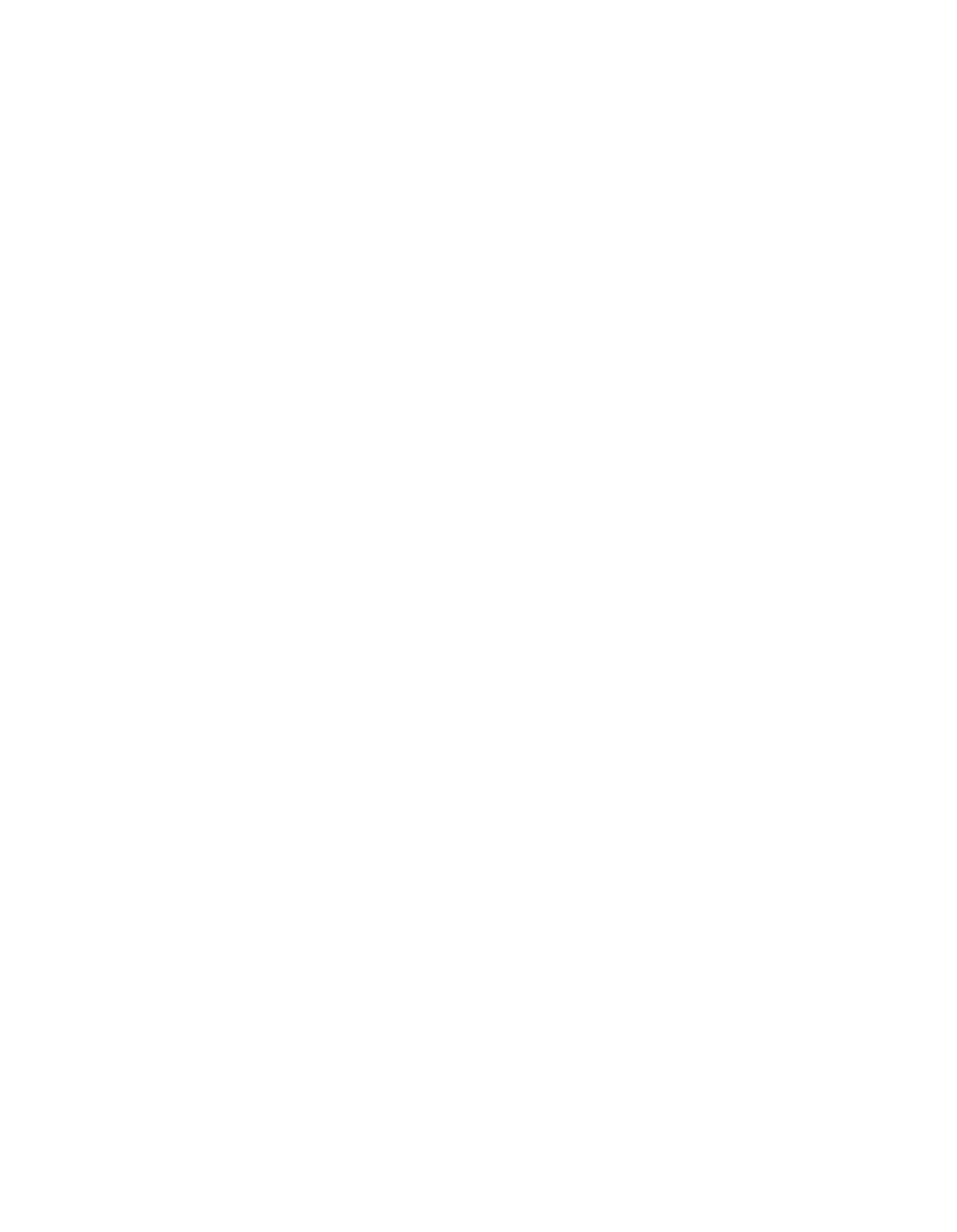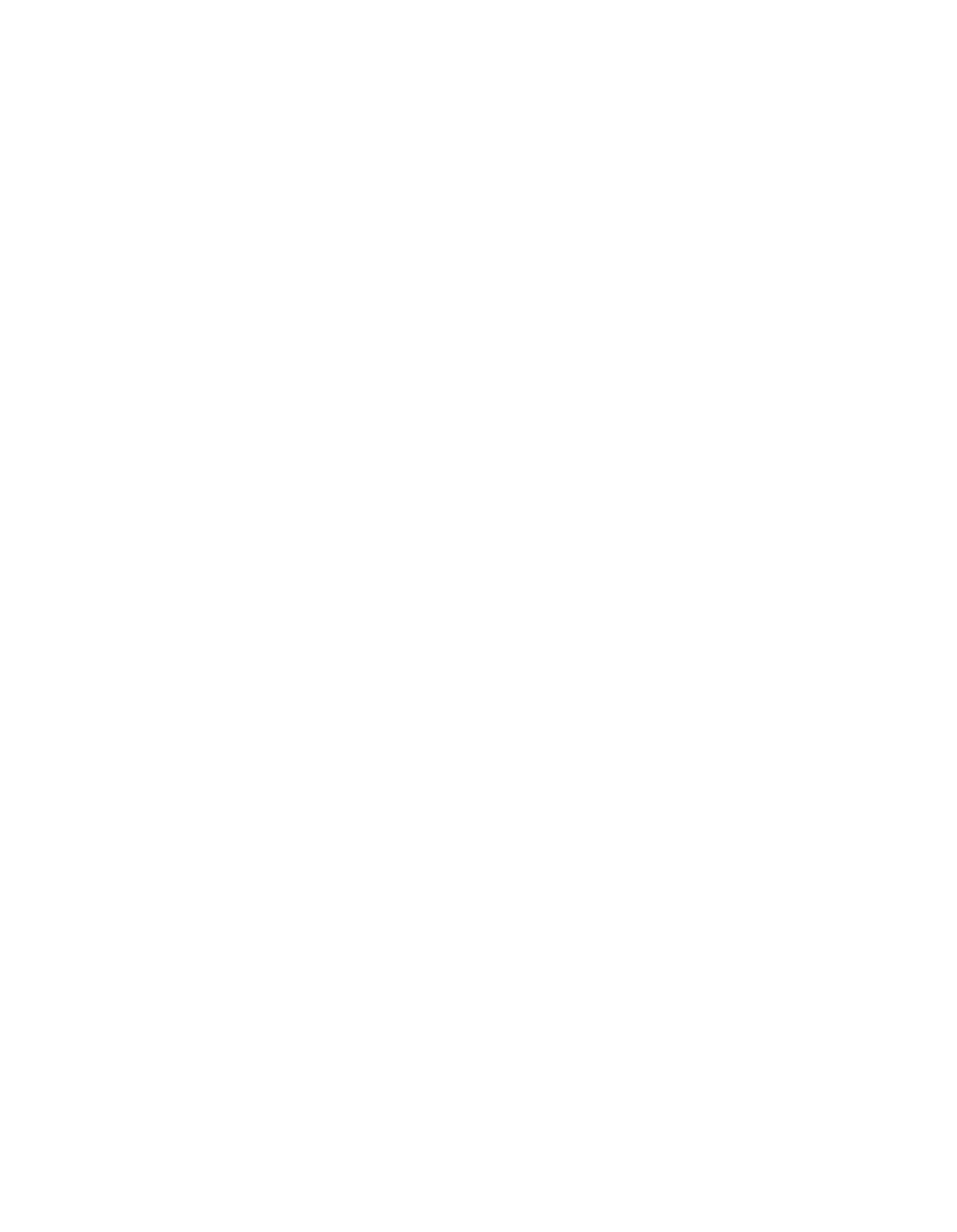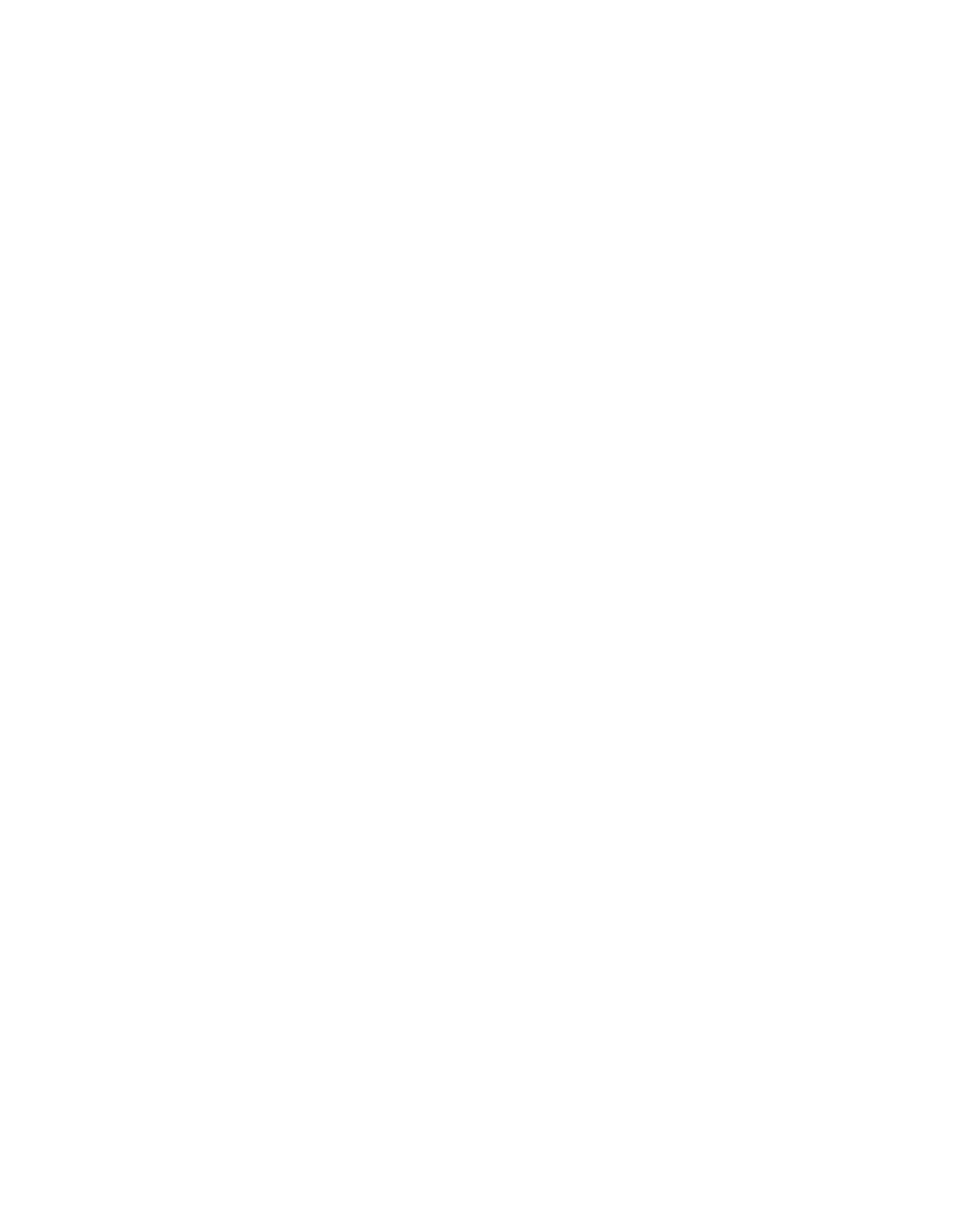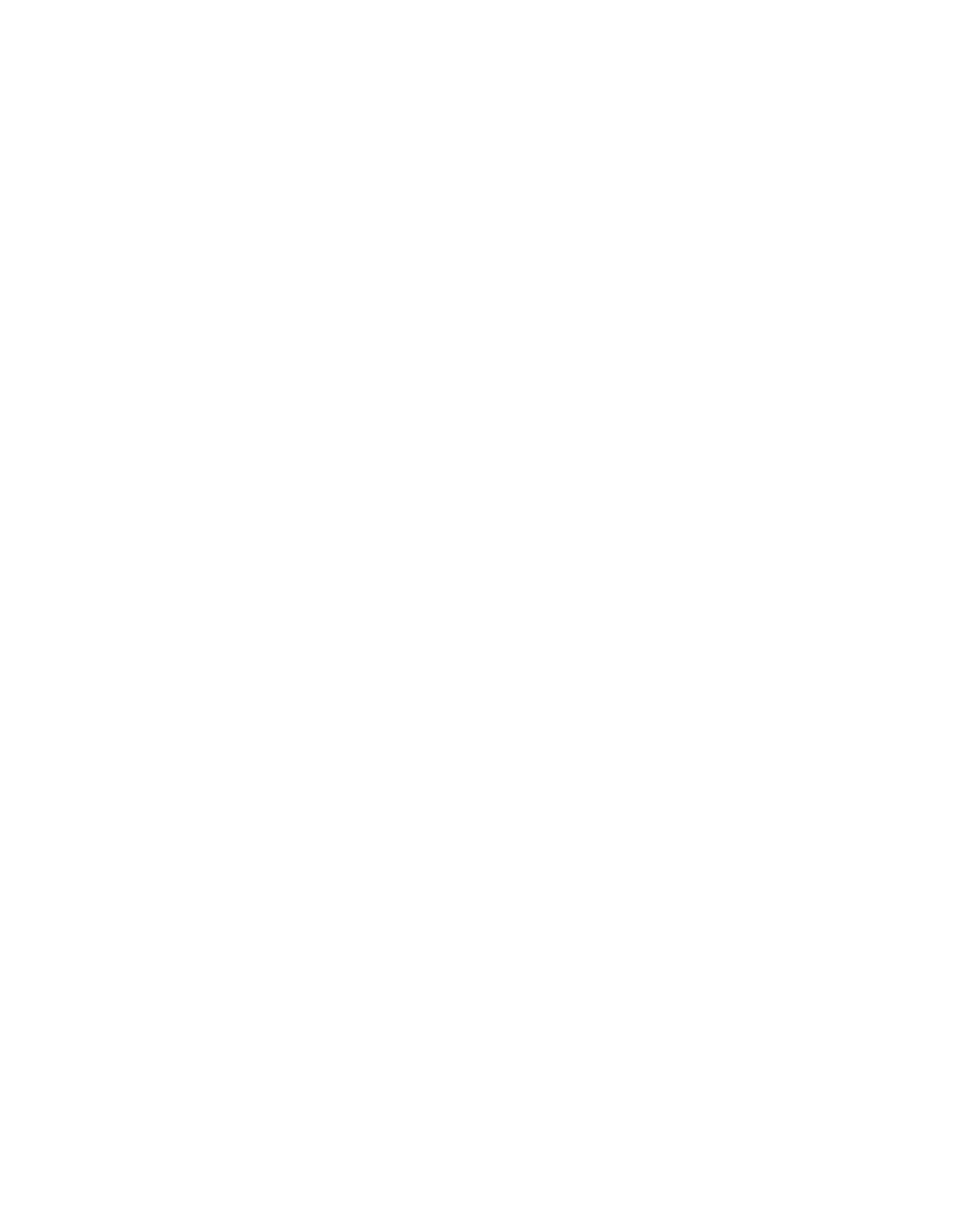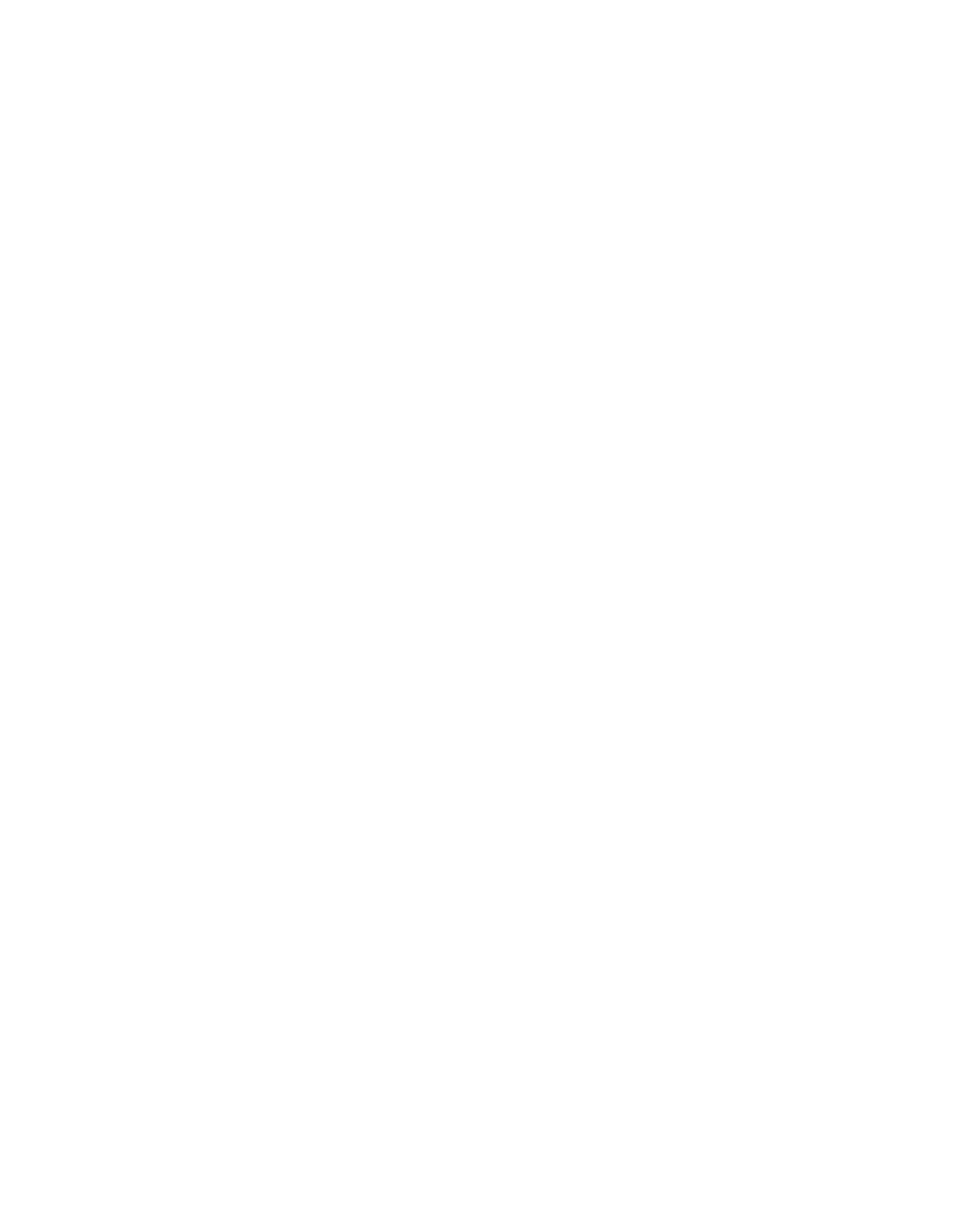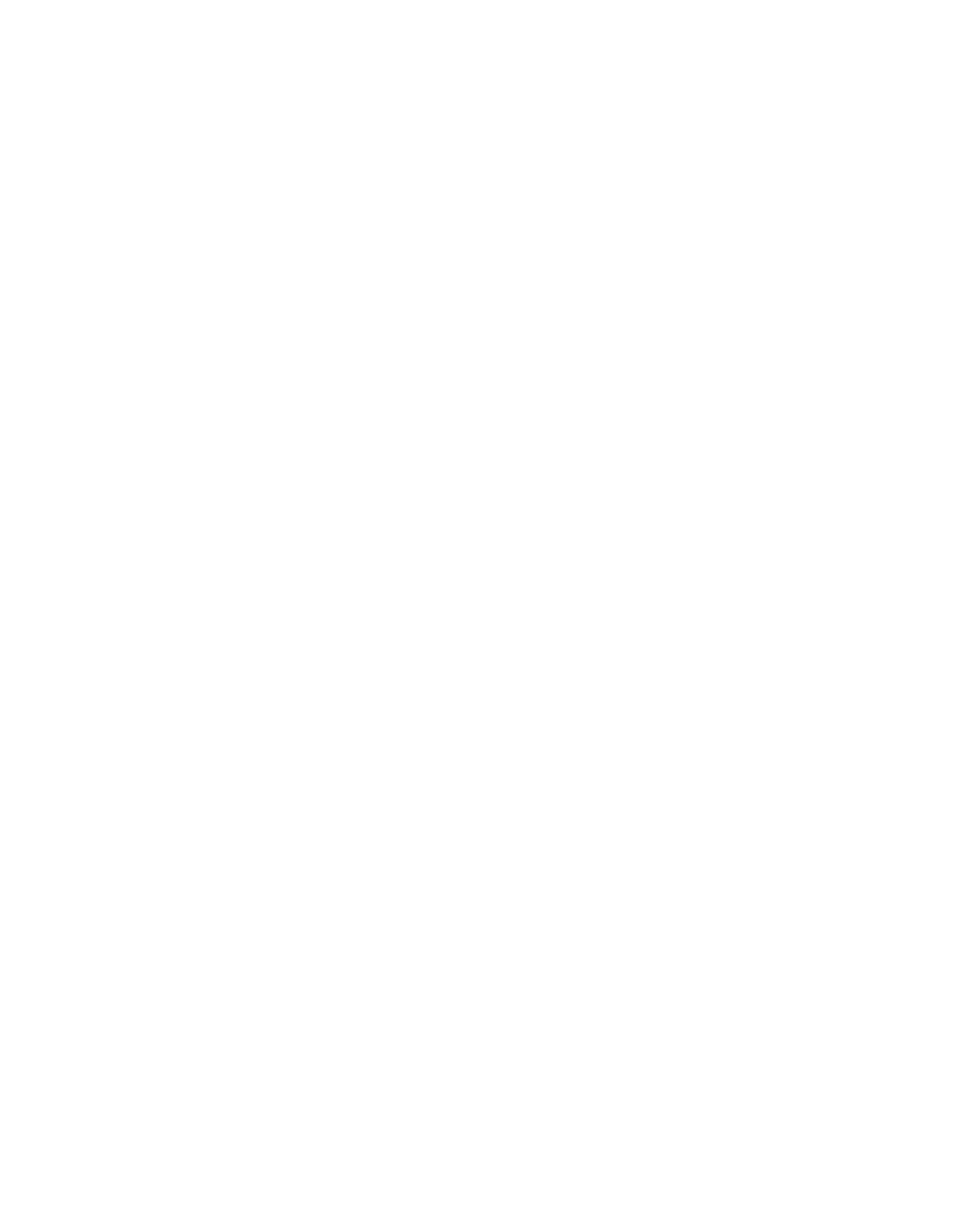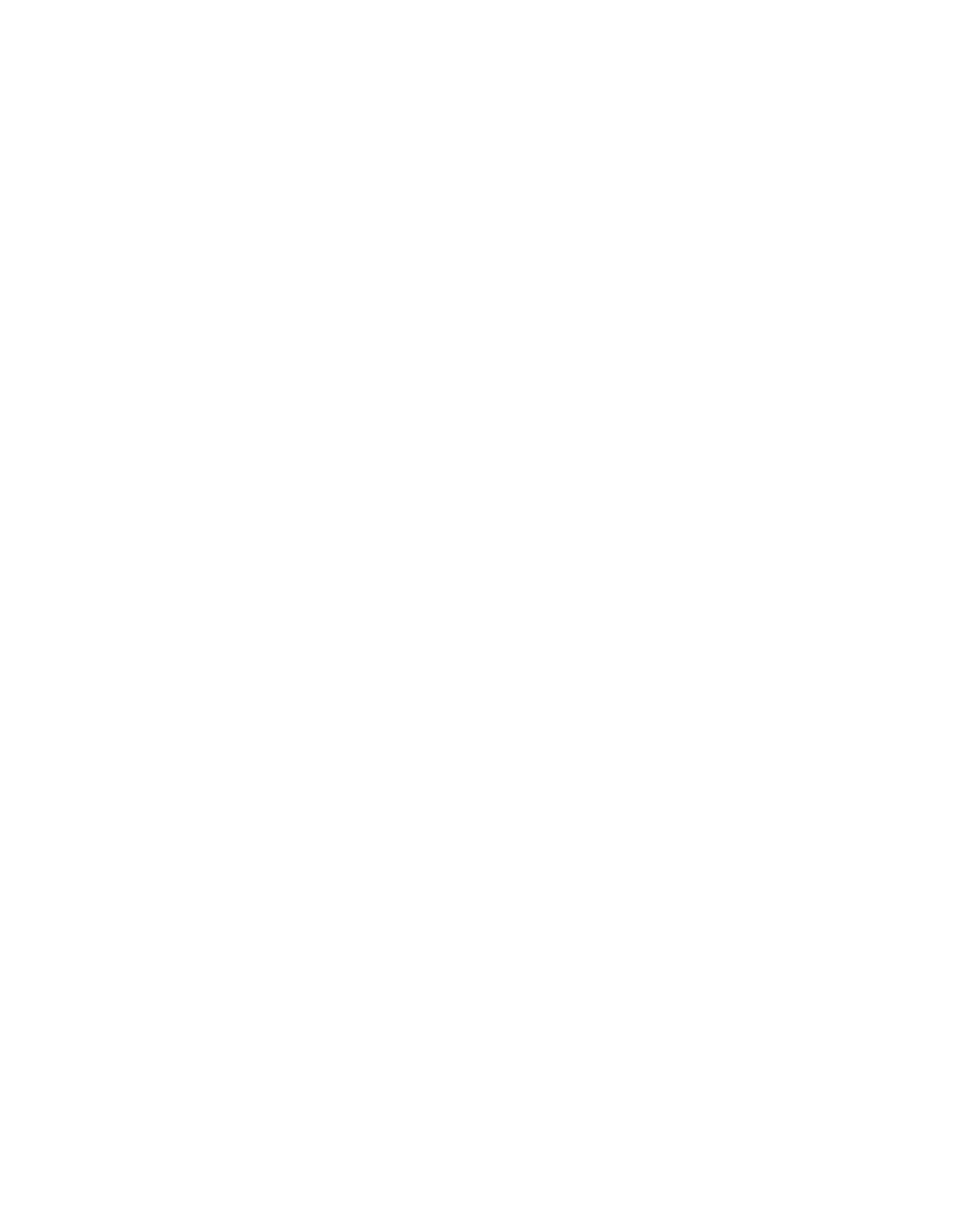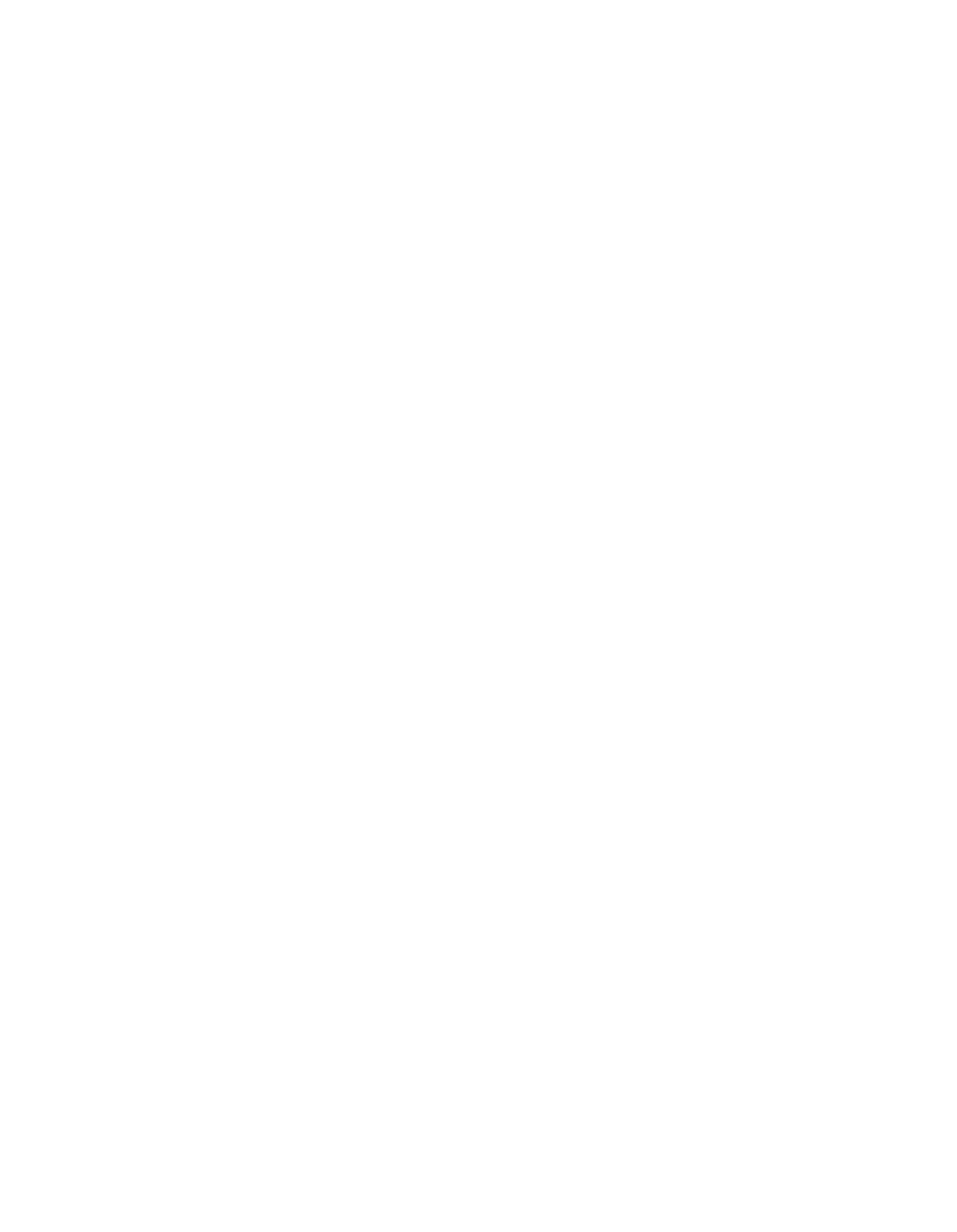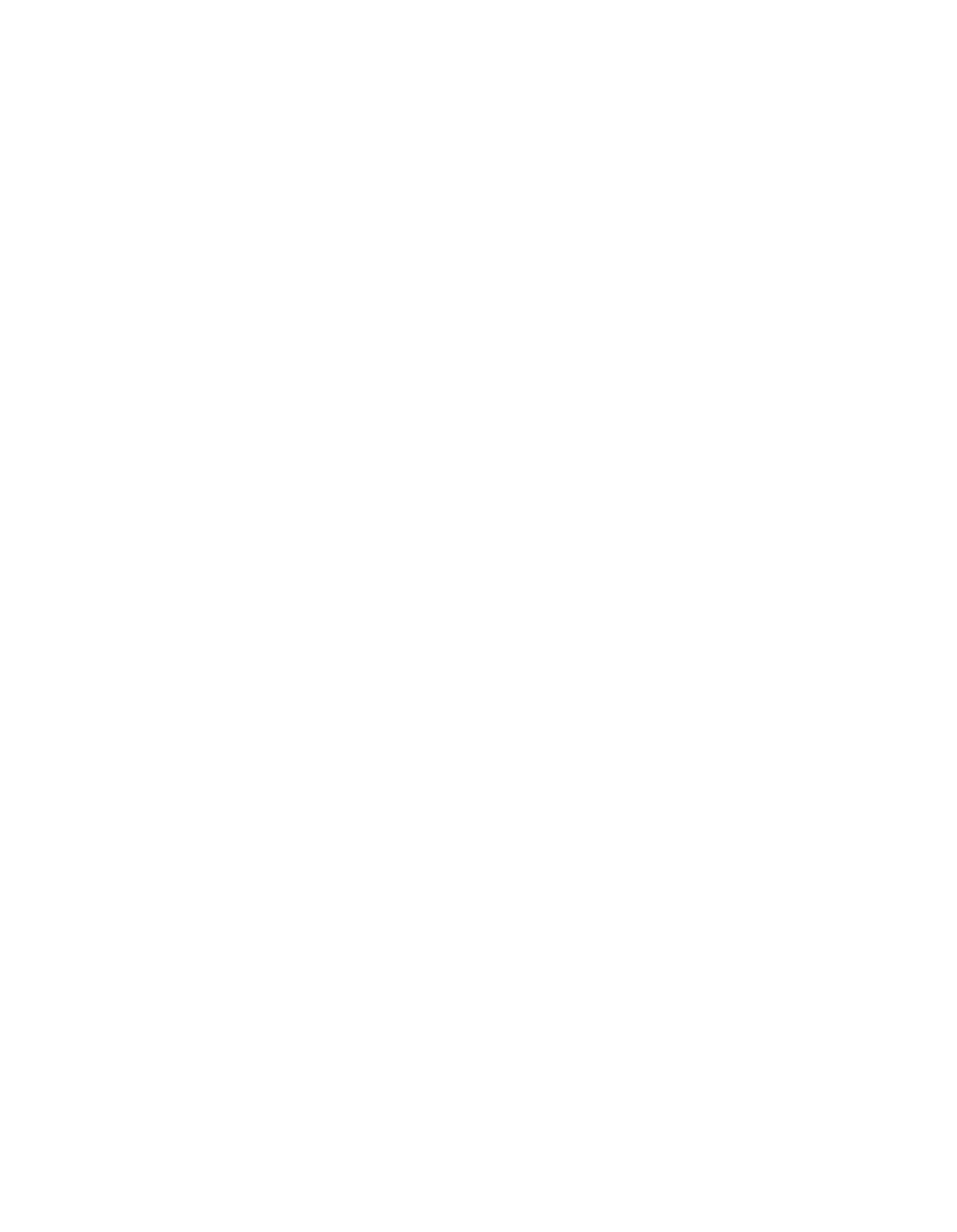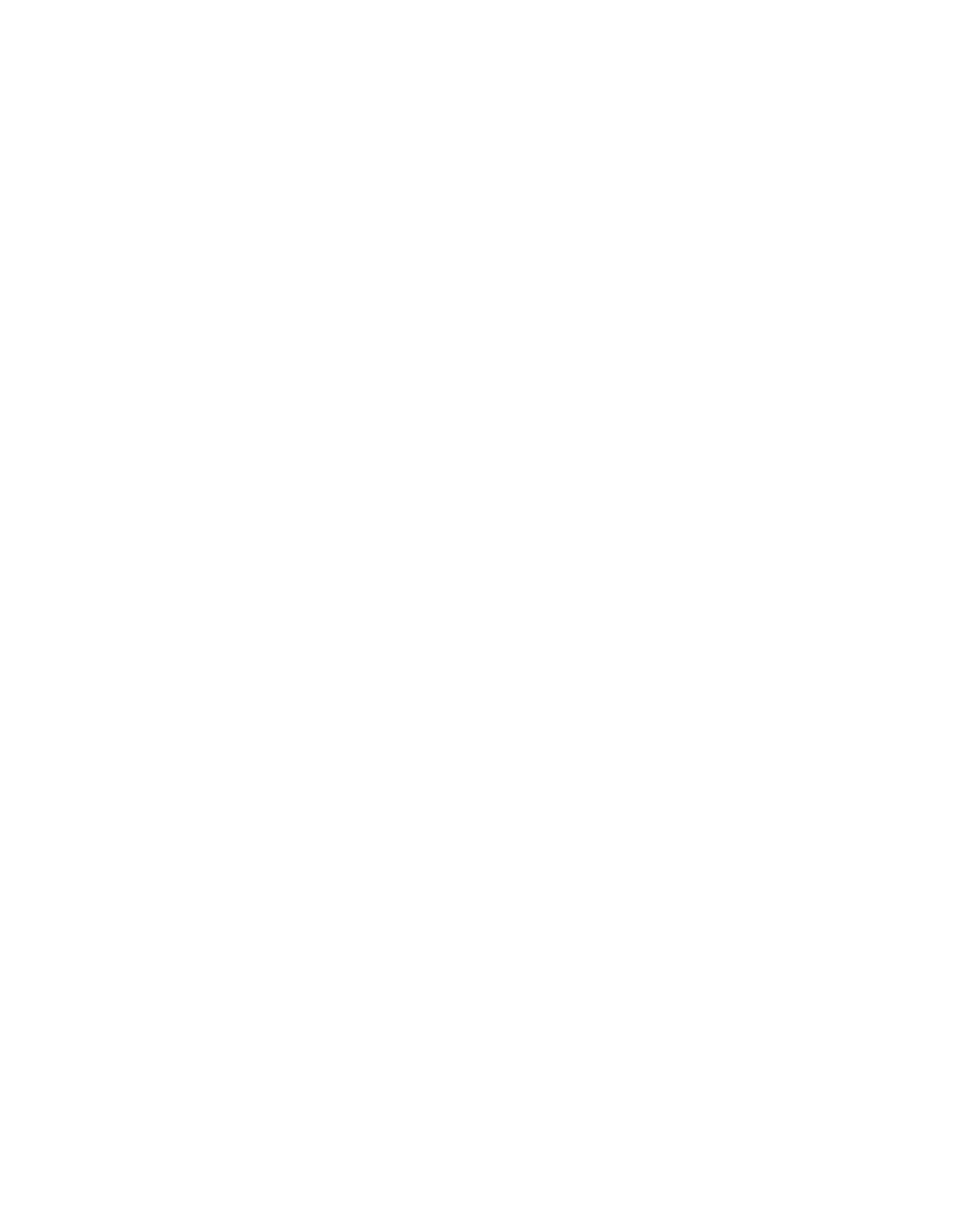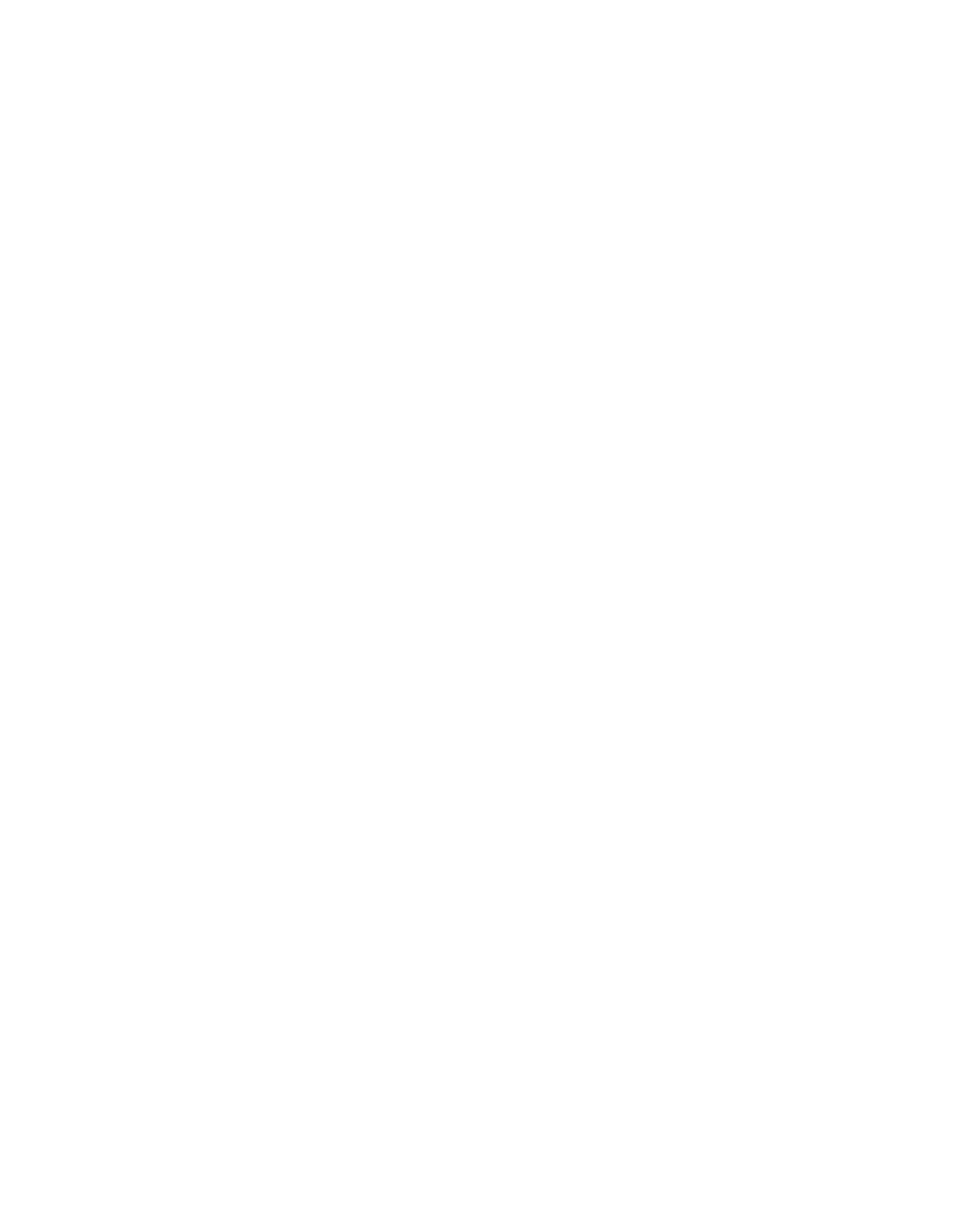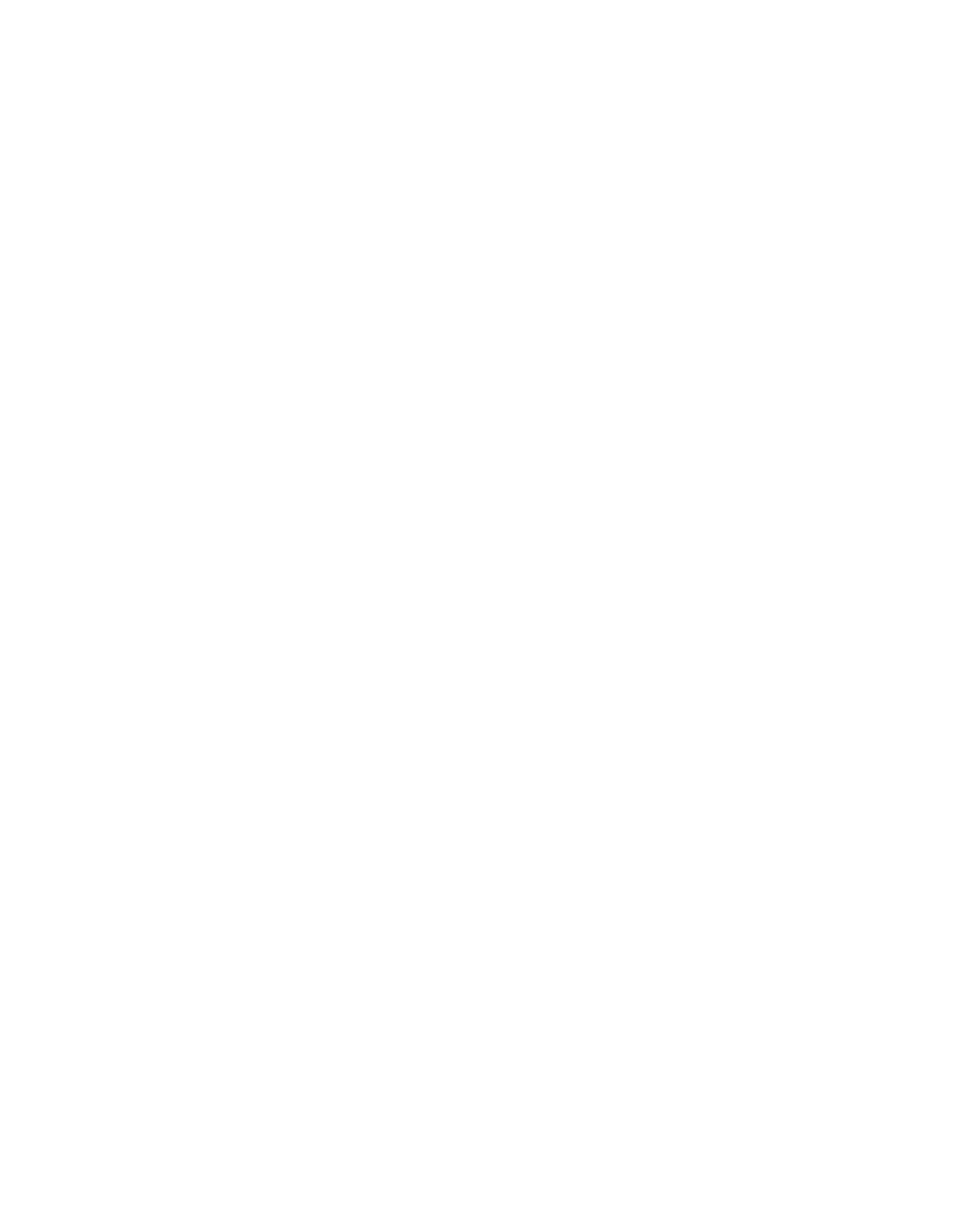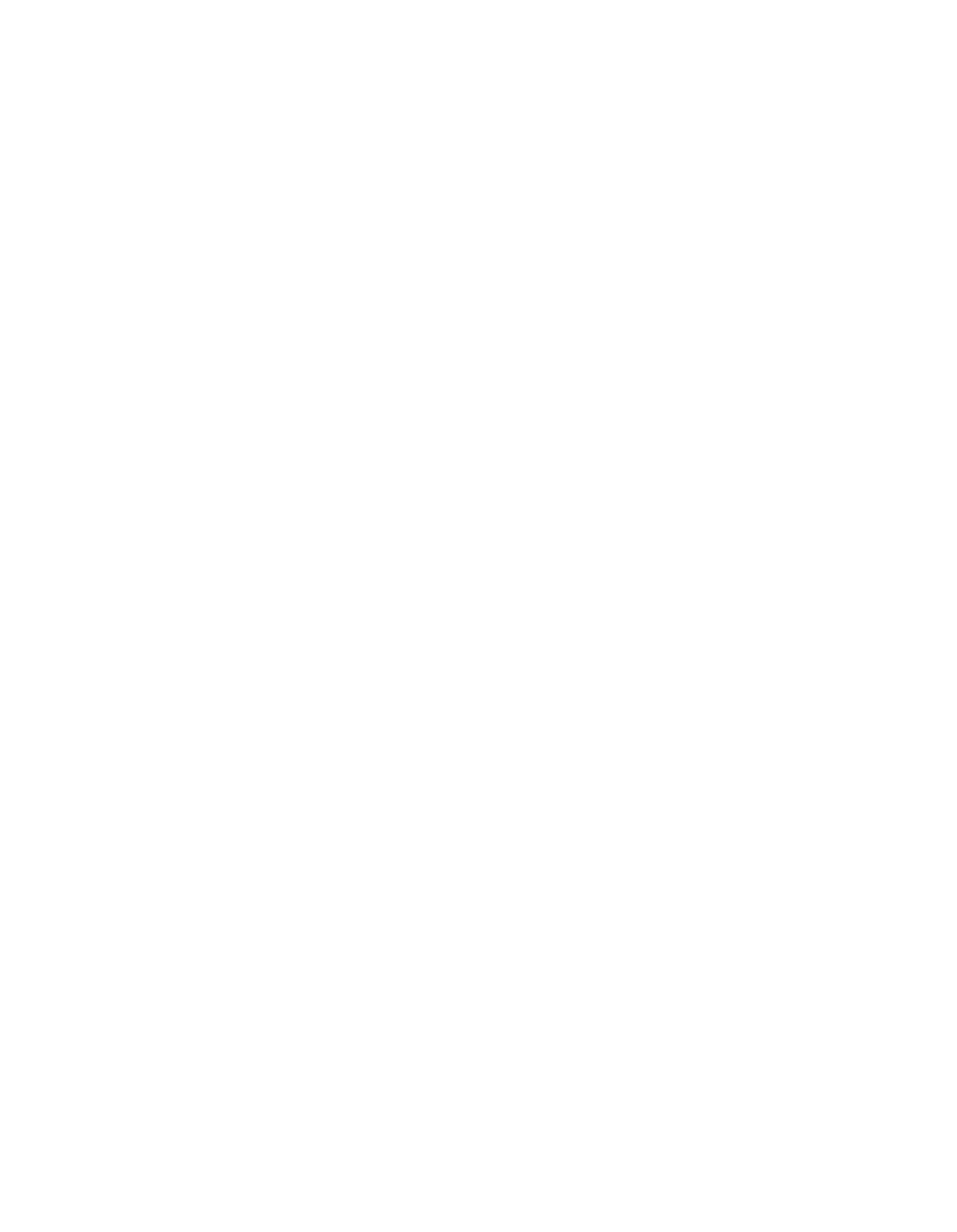ILLINOIS POLLUTION CONTROL BOARD
September 28, 1989
IN THE MATTER OF:
)
R89—3.
PRETREATMENT UPDATE
)
(Identical
in Substance Rules)
(7/1/88 through 12/31/88)
)
FINAL ORDER.
ADOPTED RULE.
OPINION OF THE BOARD
(by J. Anderson)
The Board is amending the pretreatment regulations pursuant
to Section 13.3 of the Environmental Protection Act
(Act),
Ill.
Rev.
Stat.
ch. 111 1/2,
par.
1013.3.
The text is contained in a
separate Order
of this same day.
Section 13.3 of the Act requires the Board to adopt
regulations which are “identical
in substance”
with federal
regulations promulgated by the United States Environmental
Protection Agency (USEPA)
to implement the pretreatment
requirements of Sections 307 and 402 of the Clean Water Act,
previously known as
the Federal Water Pollution Control Act.
Section 13.3 provides that Title VII of
the Act and Sections
5
and 6.02 of the Administrative Procedure Act
(APA)
do not apply
to identical
in substance regulations adopted
to establish the
pretreatment program.
However, Section 13.3 of the Act does
require the Board to provide
for notice and public comment before
rules are filed with the Secretary of State.
S.B.
1834
(P.A.
85—1048)
includes a definition of “identical
in substance”
in new Section
7.2 of
the Act.
This legislation
codifies the Board’s past interpretations
of its mandate under
Section 13.3 of
the Act.
This
rulemaking updates
the pretreatment
rules
to cover
USEPA rules adopted from July
1 through December
31,
1988.
The
following Federal Registers are included:
53 Fed. Reg.
40610
October
17, 1988
53
Fed. Reg.
52369
December
27, 1988
The pretreatment
rules govern discharges by industrial
users
to publicly owned treatment works
(POTWs).
The rules are
intended to prevent
industrial discharges from passing through
POTW treatment plants without adequate treatment
to waters of
the
State, and
to prevent
industrial discharges
from
interfering with
the operation of the treatment plant.
Effluent discharges are
regulated pursuant
to
35
Ill. Adm.
Code 304 and 309.
The Illinois pretreatment rules are contained in
35
Ill.
Adm.
Code 307 and 310.
Part
307 includes the categorical
pretreatment standards, which are incorporated by reference from
1O3—6fl~
—2—
the USEPA rules.
Part
310 specifies how a POTW sets up a
pretreatment program, and how industrial users get pretreatment
permits or authorizations to discharge.
The Illinois pretreatment rules were adopted. in R86—44,
Opinion and Order of the Board of December
3,
1987.
The rules
appeared on January
29,
1988 at 12
Ill. Reg.
2502.
They were
filed with the Secretary of State on January 13,
1988.
The pretreatment rules were recently amended in the
following update rulemakings:
R88—ll
June
14,
1988;
12
Ill. Reg.
13094, effective July
29,
1988
(USEPA amendments through December
31,
1987)
R88—18
December
17,
1988;
13
Iii. Reg.
1794, effective
January 31,
1989
(USEPA amendments through June
30, 1988).
R89—3
This Docket;
(USEPA amendments through December
31,
1988)
The specific amendments derived from the USEPA actions made
on December
27,
1988 affect the categorical pretreatment
standards reflected in Part 307.
The amendments derived from
USEPA action made on October
17,
1988,
1988 affect the program
requirements relected in Part 310.
In R86—44 the Board generally referenced the 1986 edition of
the Code of Federal Regulations.
The Board
is updating the
references
to all Sections up for review in this update to the
1988 edition of the Code of Federal Regulations.
Pursuant the
Board’s mandate
in Section 7.2(a)(l)
of the Act, amendments
concerning directives
for progam approval have not been adopted.
PUBLIC COMMENTS
The proposed revisions to
35
Ill. Adm. Code 307 appeared at
13
Ill. Reg.
9471, June
23,
1989.
The proposed revisions to 35
Ill. Adm. Code 310 appeared at
13
Ill.
Reg.
9426, June
23,
1989.
The public comment period closed on July 28,
1989.
The
Board received three public comments on the proposed rule.
The
first
(P.C.
#1),
received July 14,
1989 from the Office of the
Secretary of State highlights one code format error and one
omission from subsection 307.7703(d)(3)
in the text of
the
proposed rule as published
in the Illinois Register
(at
13
Ill.
Reg.
9471,
June
23,
1989).
The second
(P.C.
#2),
received July
31,
1989 from the Illinois Department of Commerce and Community
Affairs includes the Department’s Impact Analysis relating to the
proposed Part
307 revisions.
That Analysis indicates that the
Part 307 revisions will have no effect on small businesses.
The
third
(P.C.
#3),
received August
23, 1989 from the Illinois
Department of Commerce and Community Affairs includes the
1f~3,-~1r
—3—
Department’s Impact Analysis relating to the proposed Part
310
revisions.
That Analysis indicates that the Part 310 revisions
will also have no effect on small businesses.
The Board also received several useful commants from the
Joint Committee on Administrative Rules
(JCAR)
after
the public
comment period.
Both documents dated September
8, 1989, and the
Board received them on September 12.
JCAR noted three
administrative code format errors and one grammatical error
in
the text of the proposed rule.
It noted an erroneous Federal
Register refer~riceat
13
Ill. Reg.
9426
(June
23, 1989).
JCAR
questioned the Board’s restructuring of Section 310.602 from the
parallel federal provision at
40 CFR 403.12(b) and pointed out
language omitted from Section 310.922 that appears
in
corresponding 40 CFR 403.18(c), as amended at
53 Fed. Reg.
40615
(Oct.
17,
1988).
The Board outlines below the substantive revisions made as
a
result of these public and JCAR comments.
REVISIONS FROM PROPOSED TEXT OF THE RULE
The published text of
35
Ill. Adm. Code 307.7703(d)(3)
omitted some of the text of the existing
rule and included new
text indicating an incorporation by reference.
The Board
intended no change in the text of the existing rule,
and today’s
Final Order will
reflect the fact that no change has occurred as
a result of this proceeding.
Rather,
the underlined
laqguage,
which relates
to an incorporation by reference, should have
appeared as part of the update amendment to the Section
307.7703(d)(l)
incorporation.
Today’s Final Order
includes this
language erroneously omitted from subsection
(d)(l) and added to
subsection (d)(3).
The proposed text
off
310.230(c)
included the phrase,
“capacity by rather.”
The Board corrects this to “capacity,
but
rather.”
The proposed text of
35
Ill. Adm. Code 310.602(h)
erroneously indicated deletions from the existing rule, and
35
Ill. Adm. Code 310.602(i)
was erroneously indicated as the wrong
level of subsection.
Further, additional examination of the
parallel
text of
40 CFR 403.12(b),
as amended at
53
Fed.
Reg.
40613
(Oct.
17,
1988),
indicates an anomaly
in the federal
rule.
The text of both subsections
(h) and
(1), as proposed is
corrected and combined into subsections
(h)(l) through
(h)(2)(C)
as adopted
in today’s Final Order.
The Board’s independent review of the text of the proposed
rules revealed an omission from the text of proposed
35
Ill. Adm.
Code 310.913.
The text of proposed subsections 310.913
(a)
through
(c) now appear as subsections 3l0.9l3(a)(1)
through
(a)(3), and the erroneously omitted text appears as subsection
310.913(b).
103--611
—4—
The proposed text of 35
Ill. Adm. Code 310.922 did not
include the text of
40 CFR 403.18(c)(3).
The Board corrects this
omission by addition of new subsections (c)(l)
through
(c)(3).
The Board makes
no other substantive revisions to the text
of the rule as proposed and published in the Illinois Register on
June 23, 1989.
However,
the Board corrects a small number of
code
format errors without specific mention
in this opinion.
The Board appreciates the imput received in the form of the
public comments submitted.
The Board invited comments on a
number
of specific aspects of the proposed rule.
The Board
construes silence as acceptance of its adaptation of those
aspects from the text of the corresponding federal rules.
SECTION-BY SECTION DISCUSSION
PART 307
SUBPART CP: ALUMINUM FORMING
As no easy method for listing the changes Section by Section
is available,
the amendments are categorized by subject,
as
in
the Federal Register.
Due to the structure of the amendments,
all four pages,
53 Fed. Reg.
52369 through
52372 should be
reviewed for amendments.
Oil and Grease Amendments:
A change was made in certain parts of
40 CFR 467 amending
the oil and grease alternate monitoring parameter
for total
toxic
organics
(TTO)
for Pretreatment Standards for Existing Sources
(PSES).
These revisions are intended
to provide adequate
insurance
that the TTO limits are met when oil and grease
is
maintained below 52 mg/L for any one day and
26 mg/L for any one
month.
The Sections affected by this change are 35
Ill. Adm Code
307.7701(c), 307.7702(c), 307.7703(c), 307.7704(c), 307.7705(c)
and 307.7706(c).
Each Section has had its incorporation by
reference language updated with the Federal Register citation of
the amendment,
53 Fed.
Req.
52369,
December
27,
1988.
Flow Allowances
for the Cleaning or Etching Rinse Amendments:
An amendment revises the BAT and PSES flow allowances
for
cleaning or etching rinses based on two-stage countercurrent
cascade
rinsing that achieves
72 percent flow reduction instead
of
90 percent.
Both affected Sections,
307.7703(c)
and
307.7704(c), have been updated
to reflect the amendment
from 53
Fed.
Reg.
52369,
December
27,
1988.
Another amendment from
53 Fed. Reg.
52369,
December
27,
1988, adds
the definition of a
“hot water
seal”
to
40 CFR
467.02.
The Section affected, 307.7700(b),
has been updated to
reflect the amendment.
103—612
—5—
PART 310
SUBPART A: GENERAL PROVISIONS
Section 310.107
40 CFR 128.140(b)
(1977)
has been added to the incorporation
by reference list.
Most year references have been updated to
reflect 1988, with several exceptions,
including the above
citation.
Section 310.110
The definition for “new source” has been amended to cross—
reference the new definition
in Section 310.111.
All year
references have
been updated
to reflect 1988.
Section 310.111
This Section was derived from 40 CFR 403.3(k), added at
53
Fed. Req.
40610, October
17,
1988.
It defines “new source” and
the requirements
to meet the definition.
Subsection
(d) was
derived from
40 CFR 403.6(b), amended at 53 Fed.
Req.
40611,
October 17,
1988.
Subsection
(d)
states what
new sources must
install
to meet applicable pretreatment standards, and the time
frame
in which they must meet
the standards.
SUBPART
B:
PRETREATMENT STANDARDS
Section 310.221
This Section was derived from 40 CFR 403.6, amended at
53
Fed. Reg.
40611, October
17,
1988.
The amendment replaces the
current required certification statement by an applicant with a
new version.
Section 310.222
This Section was derived from 40 CFR 403.6(b), amended at
53
Fed.
Req.
40611,
October 17,
1988.
The amendment
add’s a
subsection
to address compliance deadlines for “new sources”
which was added
in this update.
The major language was added to
the new Section addressing new sources,
310.111, which will apply
to 35
Ill. Adm.
Code
307.
Section 310.230
This Section was derived from 40 CFR 403.6(c), amended at
53
Fed. Req.
40611, October
17,
1988.
It adds several new
subsections.
In general, the amendments change the legal status
of equivalent concentration or mass limits calculated by control
authorities from production based categorical standards.
103—613
—6—
One converts a production based standard to a mass
limitation by multiplying the limit
in the standard by an
appropriate production
rate.
The production rate is based upon
a
reasonable measure of the facility’s actual long-term average
daily production (e.g.,
the daily average during a representative
year).
This ensures that facilities operating below full
capacity are treating their wastewaster
to the extent required by
the Federal Clean Water Act’s technology—based pretreatment
requirements,
rather than reducing their level of treatment due
to unused production capacity.
This approach also ensures equity
among facilities
in the same industry,
regardless of
their design
capacity.
Also,
the amendment requires the industrial user
to notify
the control authority within
2 business days after the user has a
reasonable basis
to know that the production level will
significantly change within the next calendar month.
The control
authority will then adjust the equivalent mass and concentration
limits to reflect these changes.
Any user
not notifying the
control authority of such anticipated change will be required to
meet the mass or concentration limits,
in its permit or
authorization to discharge,
which were based on the original
estimate of the long term average production rate.
One final minor change from the federal language was made
in
subsection
(b).
The federal language states “the control
authority may convert the limits to equivalent limitations
expressed either as mass of pollutant discharged per day of
effluent concentration...”
The Board believes “of”
is a
typographical error and it should be “or”.
Thus, the subsection
is amended by substituting “or”
in place of
“of”.
Section 310.232
This Section was derived from 40
CFP. 403.6(d), amended at
53
Fed. Reg.
40611,
October
17,
1988.
The effect of the amendments
adding the words
“or requirement”
in two places requires the
industrial user
to obey requirements as well as pretreatment
standards.
Section 310.233
This Section was derived from
40 CFR 403.6(e), amended at
53
Fed. Reg.
40611, October
17,
1988.
One amendment adds language
to subsection
(a)(l),
(a)(2) and subsection
(d),
the proviso
to
which
(a)(1) and (a)(2)
are subject.
Subsection
(a)(l)
specifies
how the control authority shall derive alternative concentration
limits.
Subsection
(a)(2) specifies how the control authority
shall derive the alternative mass
limits.
One factor common
in
both formulas
is the average daily flow
(D).
Prior
to the
amendment,
the average daily flow was to be taken from only
boiler blowdown streams and non-contact cooling streams.
The
amendment adds that in addition
to boiler
blowdowri streams and
non—contact cooling streams,
the average daily flow may also be
103—614
—7—
taken from stormwater streams and demineralizer backwash streams,
subject to subsection
(d).
Subsection
(d)
is amended to also include “stormwater
streams and demineralizer backwash”.
Both stormwater streams and
demineralizer backwash are subject to the same conditions as the
blowdown and non—contact cooling streams.
A new subsection
(f)
was also added.
It requires that where
treated regulated process wastestream is combined before
treatment with wastewaters other
t-han those generated by the
regulated process,
the industrial user may monitor either the
segregated process wastestream or the combined wastestream for
the purpose of determining compliance with pretreatment
standards.
It continues to state the requirements for each
choice of monitoring location and once established,
the
industrial user can change monitoring locations only with
approval of
the control authority.
Finally,
it requires the
control authority to ensure that any change
in the monitoring
points does not substitute dilution for adequate treatment to
achieve compliance with applicable standards.
SUBPART E: POTW PRETREATMENT PROGRAMS
Section 310.502
This Section was derived from 40
CFP.
403.8(b),~amended at
53
Fed.
Reg.
40612,
October 17,
1988.
The only amendtheht’made
to
this Section
is updating the board note.
The existing state
language already reflects the substantive changes made in the
federal amendment.
Section 310.510
This Section was derived from 40
CFR 403.8(f), amended at
53
Fed. Req.
40612, October
17,
1988.
One amendment
to subsection
(a)(3) was not adopted since the subject word,
contract(s), does
not appear
in current State
text as discussed in the R86—44
Opinion at
P.
50.
Basically,
the word is not present
in the
Illinois regulations because units of government appear
to have
local authority to regulate by ordinance,
which was
the
preference of commenters of the R86—44 Opinion.
Also,
one
commenter
in R86—44 pointed out that contracts appears to be
inconsistent with control through ordinances.
However, revision has occurred
in subsection
(a)(6)(A),
relating
to POTW’s remedies for noncompliance.
The amendment
allows all POTW’s
to be able
to seek or assess
civil
or criminal
penalties of at
least $1000
a day for each violation by
industrial users of pretreatment standards and requirements.
For
POTW’s to obtain this authority,
they must
submit a request for
approval of a program modification
in accordance with Section
310.Subpart K (adopted today) by November
16, 1989.
This
November,
1989 date
is based on the assumption that a statutory
103-615
—8—
provision exists
to allow approval of program modification.
Also,
a new subsection
(d) was added.
It clarifies that the
development of local limits
(or
a demonstration that they are not
necessary)
is a prerequisite
to POTW program approval
(and the
continuing legal acceptability of a local program).
Section 310.522
This Section was derived
from 40 CFR 403.9(b), amended at
53
Fed. Reg.
40612, October
17,
1988.
The federal amendment is
the
deletion of the word “contract” and “contracts”
from subsections
(a)(2) and
(b), respectively.
For contracts are
no longer
considered an adequate enforcement mechanism by the USEPA and the
words should not appear
in the state language as discussed in
Section 310.510.
Most references
to the words “contract” were
deleted from the state language; these two references were
inadvertantly left
in.
Section 310.531
This Section was derived from 40 CFR 403.9(e), amended at
53
Fed. Reg.
40612, October
17,
1988.
The amendment adds a
60 day
deadline date within which time the Agency must make its
preliminary determination that the submission meets the
requirements of Section
310.522 and if appropriate, Section
310.524.
Section 310.542
This Section was derived from 40 CFR 403.11(b), amended at
53 Fed. Req.
40613, October
17,
1988.
The amendment lengthens
the amount of time the Agency has
to determine whether
a
submission meets the necessary completeness requirements from
5
days
to
20 days.
The amendment also replaces the words “credit
authorization” with “allowance approval”.
Additionally,
the Federal Register language changes the
reference from Section 403.7(e)
to 403.7(d).
However,
this
appears
to be
a typographical error and no corresponding change
is made in the Illinois regulations.
SUBPART F: REPORTING REQUIREMENTS
Section 310.602
This Section was derived from 40 CFR 403.12(b),
amended at
53
Fed.
Req.
40613,
October
17,
1988.
One amendment allows
industrial users who have submitted information to USEPA pursuant
to
40 CFR 128.140(b)
(1977),
to not have
to submit this
information again.
The Board retains the current federal
language.
Other amendments requires new sources
to submit
information
103-~616
—9—
on the method of pretreatment that
it intends
to use to meet
applicable pretreatment standards.
It also requires estimates
for flow measurement, subsection
(d), and measurement of
pollutants,
subsection
Ce).
Another change
is the replacement of two subsections,
(e)(3)
and (e)(4) with simpler requirements for taking samples
to
demonstrate a preliminary picture of an industrial user’s
processes and wastestream characteristics to the Agency.
The
reduced sampling for the baseline report will
not affect other
sampling and analysis requirements.
Amended subsection (e)(3)
requires that,
except for five
named pollutants,
the industrial user must obtain
24 hour
composite samples through flow-proportioned techniques where
feasible.
Grab samples are not required for pH, cyanide,
total
phenols, oil and grease and sulfide because they degrade too
rapidly for the
24 composite method.
Unlike the NPDES rules,
temperature,
residual chlorine and fecal coliform are not
required because they are not regulated under categorical
pretreatment standards and thus need not be reported.
Subsection
(e)(4) establishes
a minimum sampling requirement
of one sample
for all industrial users.
Next,
a new subsection (h)(2)(B)
was added requiring new
sources, and existing sources
that become industrial users
subsequent
to the promulgation of an applicable categorical
standard,
to submit
a baseline report at least
90 days before
beginning to discharge
to a
POTW.
The POTW may require earlier
submission where appropriate.
Early submission of information
is
necessary to determine whether more stringent limits need to be
set on other contributors
to avoid permit violations.
Finally,
the USEPA—added language concerning deadlines
for
the submission of baseline reports by “new sources,”
to 40 CFR
403.12(b),
created an anomaly:
“new sources”
(deemed
so as of
the date USEPA proposed regulating their activities)
that already
discharge as of the date of the regulatory promulgation or
administrative decision that included them
in the system must
file the base report
90 days before beginning
their discharge.
The Board attempts
to correct this by redefining this group of
“new sources” as “existing sources”
for the purposes of this
deadline only, by adding subsection
(h)(2)(C).
Section 310.604
This Section was derived from 40 CFR 403.12(d), amended at
53
Fed. Req.
40613,
October
17, 1988.
The amendment does not
change existing requirements, but
just clarifies the contents of
the 90 day compliance
report.
It
requires the industrial user
to
submit
in his compliance report the same detailed information as
in the base
line report.
It also specifies additional
information required by industrial users subject
to equivalent
mass or concentration limits.
103—
~~17
—10—
Section 310.605
This Section was derived from 40 CFR 403.12(e),
amended at
53
Fed.
Reg. 40613, October
17,
1988.
The amendment adds a new
subsection
(c).
This new subsection states reporting
requirements for
industrial users
subject to equivalent mass or
concentration limits established by the Agency and for industrial
users subject
to categorical pretreatment standards expressed
only in terms of allowable pollutant discharge per unit of
production.
Section 310.606
This Section was derived from 40 CFR 403.12(f), amended at
53
Fed.
Reg.
40614,
October
17,
1988.
This amendment replaces
the current
requirement that
the industrial user notify the POTW
only for slug loadings with a broader requirement that industrial
users, categorical and non—categorical,
notify the POTW of any
problems that could cause problems, including slug loadings.
The
Section head is revised to read “Notice of Potential Problems”.
Section 310.610
This Section was derived from 40 CFR 403.12(g), amended at
53
Fed. Reg.
40614,
October
17,
1988.
Four new subsections have
been added.
To establish a minimal acceptable amount
of
monitoring
for the periodic compliance report, clarifying
language has been included as to what amount of sampling and
analysis are necessary.
The Agency will monitor frequency for
indirect dischargers on a case—by—case basis, based on certain
criteria.
Another change expressly allows a POTW to monitor
versus self—monitoring
by industrial users.
Section 310.611
This new Section
is derived from a new
40 CFR 403.12(h),
added at
53 Fed. Reg.
40614,
October
17,
1988.
The old paragraph
(h) has been redesignated
40 CFR 403.12(k).
The Section has been
headed “Requirements for Non—Categorical Users”.
The Section
provides that the control authority shall
require appropriate
reporting from those industrial users with discharges
that are
not subject
to categorical pretreatment standards.
Section 310.612
This new Section
is derived from
a new
40 CFR 403.12(i),
added
at
53
Fed.
Reg.
40614, October
17,
1988.
The old paragraph
(i) has been redesignated 40 CFR 403.12(1).
This new Section
is
headed “Annual POTW Reports”.
The Section requires POTW’s with
approved pretreatment programs
to provide the Agency with a
report containing specified information within one year from the
date its pretreatment program was approved.
103—618
—11—
Section 310.613
This new Section is derived from a new 40 CFR 403.12(j),
added at
53 Fed.
Reg. 40614, October
17,
1988.
The old paragraph
(j)
has been redesignated
40 CFR 403.12(m).
This new Section is
headed “Notification of Changed Discharge”.
It requires all
industrial users
to promptly notify the POTW in advance of any
substantive change in the volume or character of pollutants
in
their discharge.
Section 310.621
This Section was derived from 40 CFR 403.12(h), amended at
53 Fed.
Reg.
40614, October
17, 1988.
The old paragraph
(h)
has
been redesignated
40 CFR 403.12(k).
Section 310.631
This Section was derived from 40 CFR 403.12(i).
However,
due to the amendment at
53 Fed. Req.
406l4,October
17,
1988,
this Section is now derived from 40 CFR 403.12(1).
The amendment
to this Section adds language to the introductory sentence
requiring the certification statement in the required reports.
Subsection (a)
has also been expanded with detailed lan~uageas
to who qualifies as a responsible corporate officer.
Subsection
(c)
has also been expanded with detailed language concerning duly
authorized representatives.
Section 310.632
This Section was originally derived from 40 CFR 403.12(j).
Due
to the amendment at
53 Fed.
Req.
40614,
October
17,
1988 this
Section is now 40 CFR 403.12(m).
Section 310.633
This Section was derived
from 40 CFR 403.12(k).
Due to the
amendment
at
53 Fed. Req.
40614,
October
17,
1988,
this Section
is now 40 CFR 403.12(n).
The Section was amended to make an
additional reference
to the new Sections 310.611 and 310.612.
Section 310.634
This Section was derived from
40 CFR 403.12(1).
Due to
the
amendment at
53 Fed. Reg.
40614,
October
17,
1988, this Section
is now
40 CFR 403.12(o).
The Section is amended to add a
reference
to the new 310.611.
SUBPART H:
ADJUSTMENTS FOR POLLUTANTS IN INTAKE
Section 310.801
This Section was derived from 40 CFR 403.15, amended at
53
Fed. Req.
40615,
October
17,
1988.
The amendment updates the
103—619
—12--
year reference and adds
a reference to the amendment modifying
the Section.
SUBPART
I: UPSETS
Section 310.903
This Section was derived from
40 CFR 403.16(c), amended at
53 Fed. Req. 40615, October
17,
1988.
The amendment deletes the
word “specific” from subsection
(a)
to clarify that the
regulation does not require investigation to an impossible degree
of certainty in establishing an upset defense.
Now the
industrial user must only identify the cause of the upset.
SUBPART
J: BYPASS
This new subpart was derived entirely from 40 CFR 403.17,
added at
53 Fed.
Req.
40615,
October
17,
1988.
A bypass
is the
intentional diversion of waste streams from any portion of a
discharger’s treatment facility.
To date there has been bypass
provisions only
in the NPDES regulations.
Since
the purposes
served by the NPDES bypass provisions are equally important in
the pretreatment
context, similar provisions are now being added
to these pretreament regulations.
The purpose of
the bypass
provisions
is to ensure that industrial
users properly operate
and maintain their treatment facilities and thus fulfill the
purpose and assumptions underlying technology-based standards.
Like the NPDES provision,
industrial users must operate their
treatment systems at all times.
This Subpart also excuses
bypasses under the same circumstances as the NPDES bypass
provision.
Section 310.910
This Section defines “Bypass” and “Severe Property Damage”.
Section 310.911
This Section provides that an industrial user may allow a
bypass
if
it is for essential maintenance
to assure efficient
operation so long as the bypass does not cause a violation
of the
pretreatment standards
or requirements.
Section 310.912
This Section states
that
if an industrial user knows
in
advance of the need for a bypass,
an industrial user must submit
prior notice to the control authority at
least
10 days before the
bypass.
Also,
oral notice must
be given of an unanticipated
bypass within
24 hours from the time the industrial user becomes
aware of the bypass,
followed by written notice within
5 days of
the time the industrial user became aware.
The information that
is required in the written submission
is detailed.
Finally,
the
Section gives the control authority the authority to waive the
103—620
—13—
written report on a case—by—case basis
if the oral report has
been received within the 24 hours.
Section 310.913
This Section provides that bypass
is prohibited, unless the
industrial user can show all three elements of
a defense.
The
three elements of the defense are 1)
the bypass was unavoidable
to prevent loss of life, personal injury or severe property
damage;
2)
there were no feasible alternatives; and 3)
the
industrial user submitted notices as required under Section
910.912.
This Section also gives
the control authority the
ability to approve an anticipated bypass
if the control authority
determines that
it will meet the three conditions and the adverse
effects are considered.
The USEPA
rule provides
that the control authority may not
file an enforcement action if the defense is present.
The Board
has omitted this provision since
it does not regulate the
Agency’s prosecutorial discretion.
SUBPART
K:
MODIFICATION OF POTW PRETREATMENT PROGRAMS
This entire new Subpart was derived from 40 CFR 403.18,
added at
53 Fed.
Req.
40615, October
17,
1988.
This Subpart h~s
been added to address the situation where changing conditions at
the POTW may warrant changes
in the operation of the program.
Changes that may require program modification include the
addition of new industrial
users, new connections with outlying
jurisdictions,
the establishment of
new water quality standards,
new treatment techniques or sludge use or disposal methods,
changing resource conditions etc.
This Subpart is intended
to
track the program approval process, providing procedures and
criteria for modification
of approved programs.
Section 310.920
This Section gives either
the Agency or the POTW with an
approved POTW pretreatment program the authority to initiate
program modification at any time to reflect changing conditions
of the POTW.
Section 310.921
This Section states the procedures
to modify the program.
The CFR citation and federal language concerning minor
modification of permits has not been added
in Section 310.910.
For as discussed in the R86—44 Opinion,
p.
48, minor modification
procedures do not exist for NPDES permits under
the Illinois
regulations at
35
Ill. Adm. Code
309.
Section 310.922
This Section states what are the modifications for the
1fl3. (~1
—14—
purposes of Subpart
K.
This Opinion supports the Board’s Final Order of this same
day.
The Board will delay filing the text of these
rules with the
Secretary of State for
14 days in order
to allow additional
time
for comment by the U.S. Environmental Protection Agency and the
Illinois Environmental Protection Agency.
IT IS ~JOORDERED.
I, Dorothy M. Gunn, Clerk of
the Illinois Pollution Control
Board,
hereby certijy that the above Opinion was adopte)1 on
the
~‘~-
day of
,-,~,
,
1989,
by a vote of
~
~2).
Dorothy M. c~ünn, Clerk
Illinois Pó-llution Control Board
103-622
